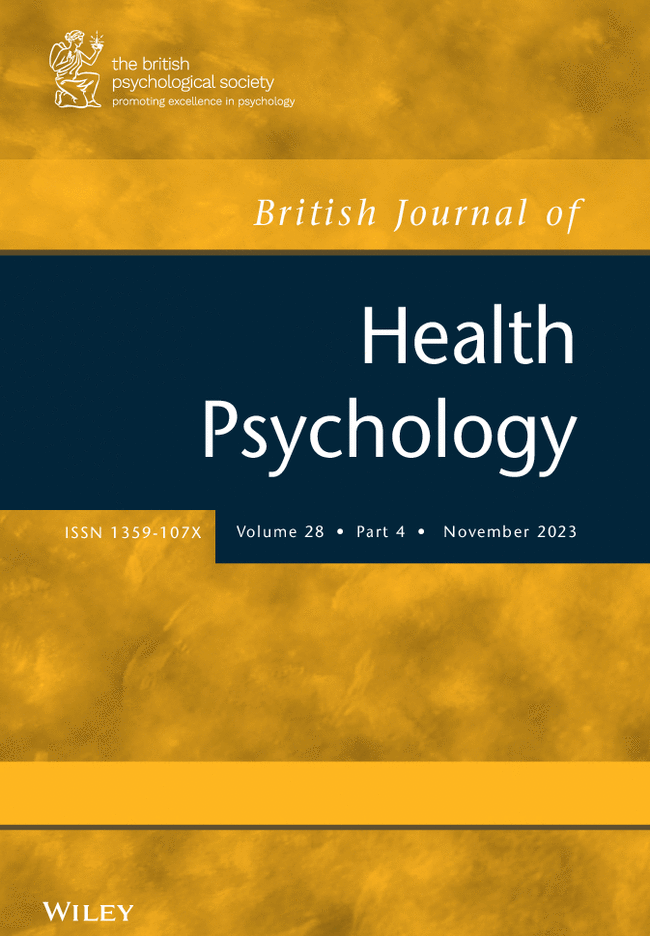Illness risk representations underlying women's breast cancer risk appraisals: A theory-informed qualitative analysis
Abstract
Objectives
This study assessed the utility of Cameron's Illness Risk Representation (IRR) framework in understanding how women interpret their breast cancer risk after receiving a clinically derived estimate.
Design
Secondary qualitative analysis of two studies within the BC-Predict trial, using semi-structured telephone interviews with women aged 47–74 who received breast cancer risk estimates via population screening.
Methods
Forty-eight women were informed of their 10-year breast cancer risk (low (<1.5% risk), average (1.5–4.99%), above-average (moderate; 5–7.99%) and high (≥8%)). Moderate- and high-risk women were eligible for enhanced preventive management. Women were interviewed about their risk, with data analysed using a thematic framework approach.
Results
Causal representations of breast cancer were often incomplete, with women primarily relying on family history and health-related behaviours to understand their risk. This reliance shaped pre-existing expectations and led to uncertainty about unfamiliar risk factors. As women aged, concerns about breast cancer susceptibility became more prominent. Emotional reactions to risk communication, along with the physical implications of risk management strategies, were also considered. Women were knowledgeable about early detection and prevention strategies, showing agency in reducing risk and preventing aggressive cancers.
Conclusions
The IRR framework largely explained women's breast cancer risk appraisals but adaptations could enhance its applicability. The identity construct could be redefined and combined with the causal construct. The framework should also consider the extent to which pre-existing appraisals change after receiving a clinical-derived risk estimate. Healthcare professionals should assess women's knowledge before communicating personal risk estimates to reduce doubt and the impact of unfamiliar information.


 求助内容:
求助内容: 应助结果提醒方式:
应助结果提醒方式:


